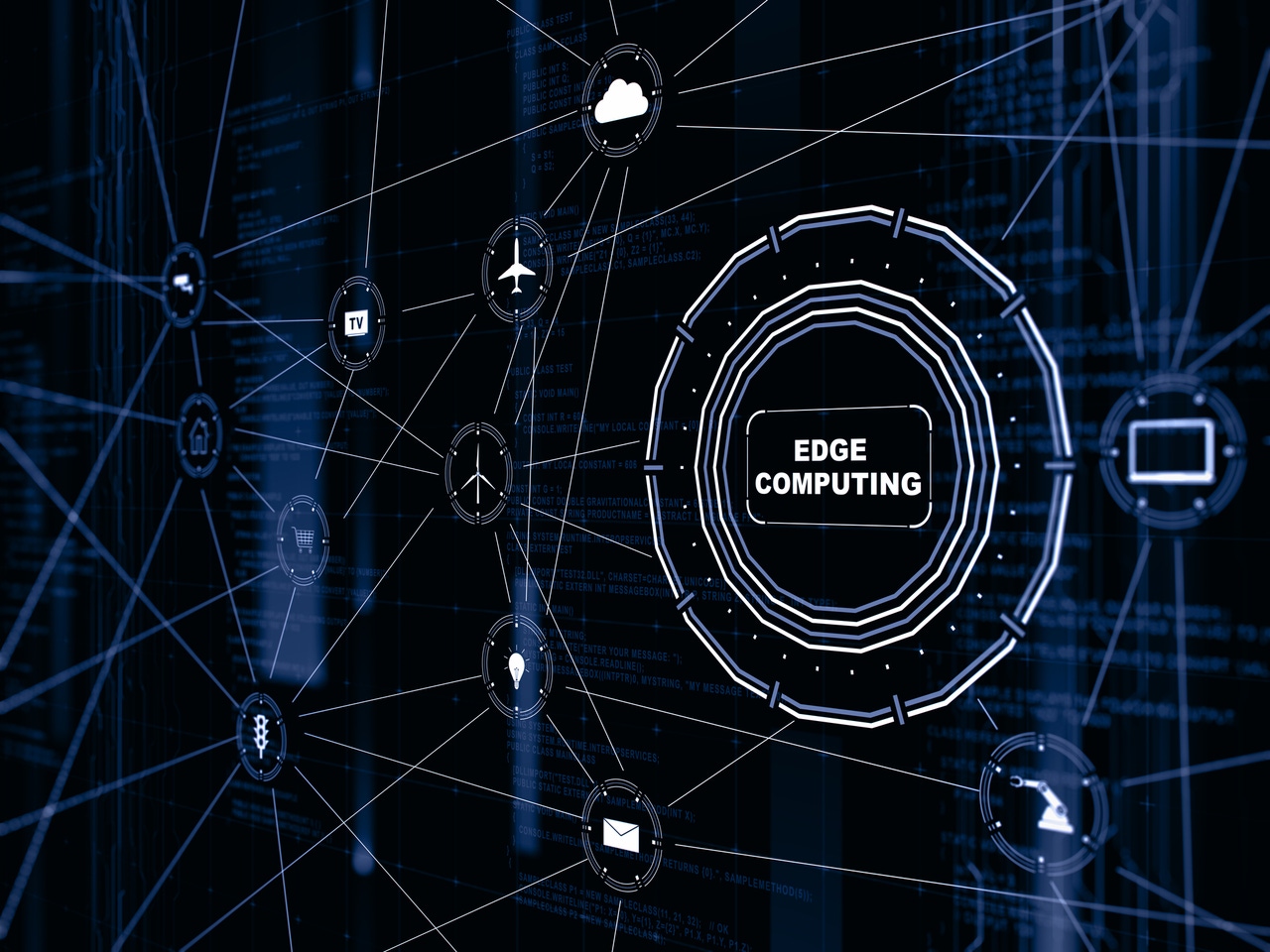
Insight and analysis on the data center space from industry thought leaders.
Is Edge Computing Over or Just Getting Started?Is Edge Computing Over or Just Getting Started?
The hype around edge computing has cooled as AI takes center stage. Panelists at Data Center World 2024 discussed its applications, challenges and future evolution.
May 1, 2024

For the last few years, many believed edge computing would become the next big thing. While there has been activity and deployments, it hasn’t quite lived up to the hype. And over the past year, mentions of edge computing have diminished – AI messaging has largely drowned out edge and almost everything else.
So, is the edge over or temporarily out of the spotlight? How has the edge market developed and where do we see it in another year from now? How will the larger AI trend affect smaller edge facilities and what are the opportunities (and challenges) in going to a smaller form factor? These were some of the questions explored in a panel at Data Center World 2024.
What Actually Is the Edge?
One of the problems with the edge is that people define it differently depending on their use case and focus. Each of the panelists at DCW had a slightly different take on what qualifies as the edge.
Mark Gusakov, advisory board member for the Nomad Futurist Foundation, defined the edge as wherever the network connects to improve latency. Jake Rasweiler, senior vice president of product innovation and new platforms at American Tower, expanded upon that concept – he believes the edge is basically small footprint facilities designed to bring certain capabilities closer to the user while delivering high performance and low latency. However, Jeffery Martin, vice president of business development at Ascent, looks at edge as any facility than can’t justify a full-time person working in it – yet you need that site to deliver the same SLA.
Hugh Carspecken, managing director of Ubiquity Edge, noted that edge has been around for almost 50 years but now we are giving it a new spin.
“The use of edge is what defines it,” Carspecken said. “Edge deals with local requests and actions as distinct from traditional hub and spoke arrangements where the servers may be hundreds of miles away.”
The Edge is Evolving
Edge computing has morphed in various ways. Vladimir Galabov, an analyst at Omdia, noted that the pace of data center construction in mature locations is slowing.
“Data center buildout will continue but hotspots will shift to emerging locations,” he said.
As well as shifting to tier 2 municipalities, edge solutions are destined to take up some of the slack. Gusakov gave the example of Toronto and other municipalities in Canada where space constraints limit opportunities within the city and green belt restrictions prevent building large campuses on the periphery. As a result, a great many small data centers are being placed inside buildings to get around obstacles such as sustainability laws and lack of space.
“Organizations are putting edge data centers where they can and where they are most needed,” said Gusakov. “Edge can be more efficient as there is no one on site which reduces downtime by about 60% by eliminating human error.”
The edge has many tiers, according to Rasweiler. He listed the cloud edge which lessens latency for those using cloud services. Aggregation-based edge data centers are another tier. They provide networking and critical computing resources. There is also the user edge for use cases such as single tenant spokes connected to major hubs, on-prem point of sale sites, factory automation and others. Those heavily invested in cloud services make up another edge tier. They need edge data centers to alleviate cloud bottlenecks. For example, one cloud user had applications going into five different cloud platforms. Edge resources were needed to provide the performance needed for each workload.
But edge offers the opportunity for standardized design and economies of scale with small modular units. Out of 23,000 American Town sites around telecom towers, for example, only 1,000 are large and complex.
“You need a consistent design with the same cable trays and features in each,” said Rasweiler. “Customers don’t expect less service in edge despite it being a smaller facility, so you need to ensure reliability. AI helps us achieve this.”
He told the audience to understand the power constraints in their area. The best approach is to ask the utility where they might be able to provide some MWs for you. That will reveal a list of potential edge locations.
Edge Data Centers Are Like McDonalds
Carspecken provided an analogy of how McDonalds grew in tandem with the build out of the American highway system. As more freeways were built, the company steadily added franchises near the exits.
“The edge is like McDonald units situated near the highway network,” said Carspecken.
Unlike American Tower, Ubiquity Edge has to tailor each of its many edge data centers to the customer, the site and the workloads. It is vital to understand the data footprint and location specifics, added Carspecken. One airline customer, for example, needed 2,400 edge units, each with two servers. Yet each one turned out to be different, he said.
The automotive industry is another area driving edge deployments and innovation. As well as needing processing, storage and relay units to facilitate autonomous driving, companies like Mercedes and others have devised business plans whereby they earn more from selling data derived from cars and drivers than they do from the selling of vehicles.
As edge units are unmanned, security is a further concern. Panelists at DCW 2024 warned IT pros to watch out for situations like vendors leaving new equipment deliveries beside an unmanned edge box in the middle of nowhere. There are also instances of people breaking in to steal all the copper.
Maintenance Hassles
Maintenance of dozens, hundreds or even thousands of edge units is a further headache. Say there are 2,000 modular units in the field with a relatively uniform design. If one component is faulty or prone to failure, maintenance must cycle through and replace all of them. Therefore, a sensible maintenance plan must be in place. Typically, partners are engaged to address different localities so that the work can be done faster. In Ascent’s case, the company appointed a vendor manager to drive down edge implementation and maintenance costs. A key aspect of this initiative was vendor consolidation.
“If you are engaging many different partners to support dozens of sites, you need to figure out how you can efficiently manage them,” said Martin. “We implemented a technology platform that collated all vendor communications across all sites and geographies.”
The Edge (Mostly) Remains Strong
While edge deployments have unearthed issues related to maintenance, customization versus standardization, security and design, the general conclusion is that the edge remains a vibrant area of data center growth and IT innovation.
“Vendors continue to be bullish about the data center industry’s continued growth, which they expect will be further boosted by demand for edge capacity,” said Daniel Bizo is Uptime Institute’s Research Director.
About the Author
You May Also Like









